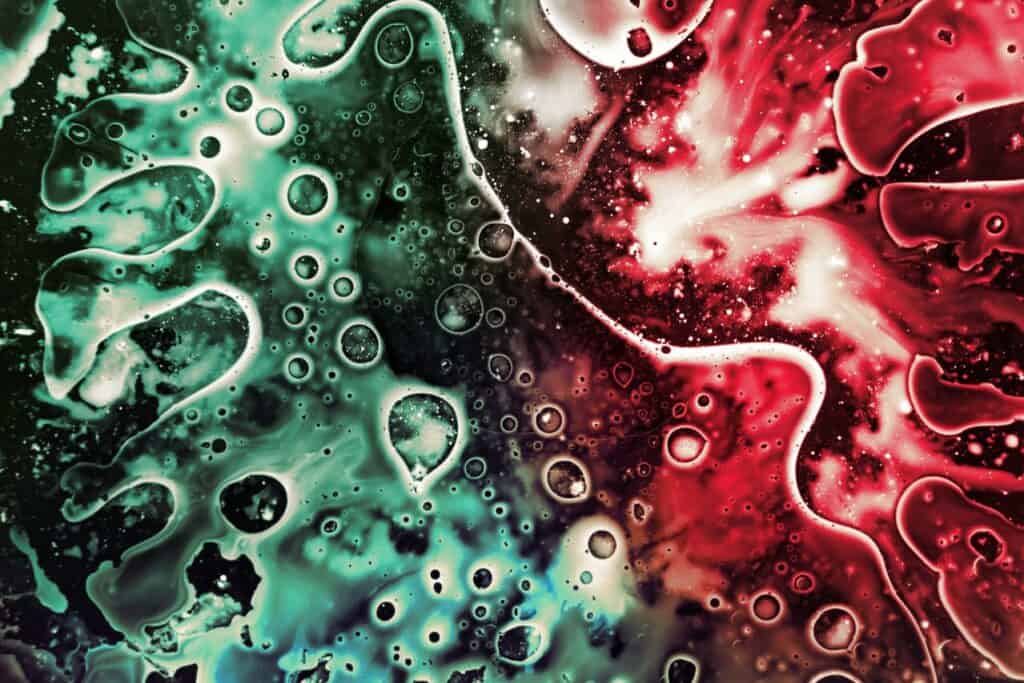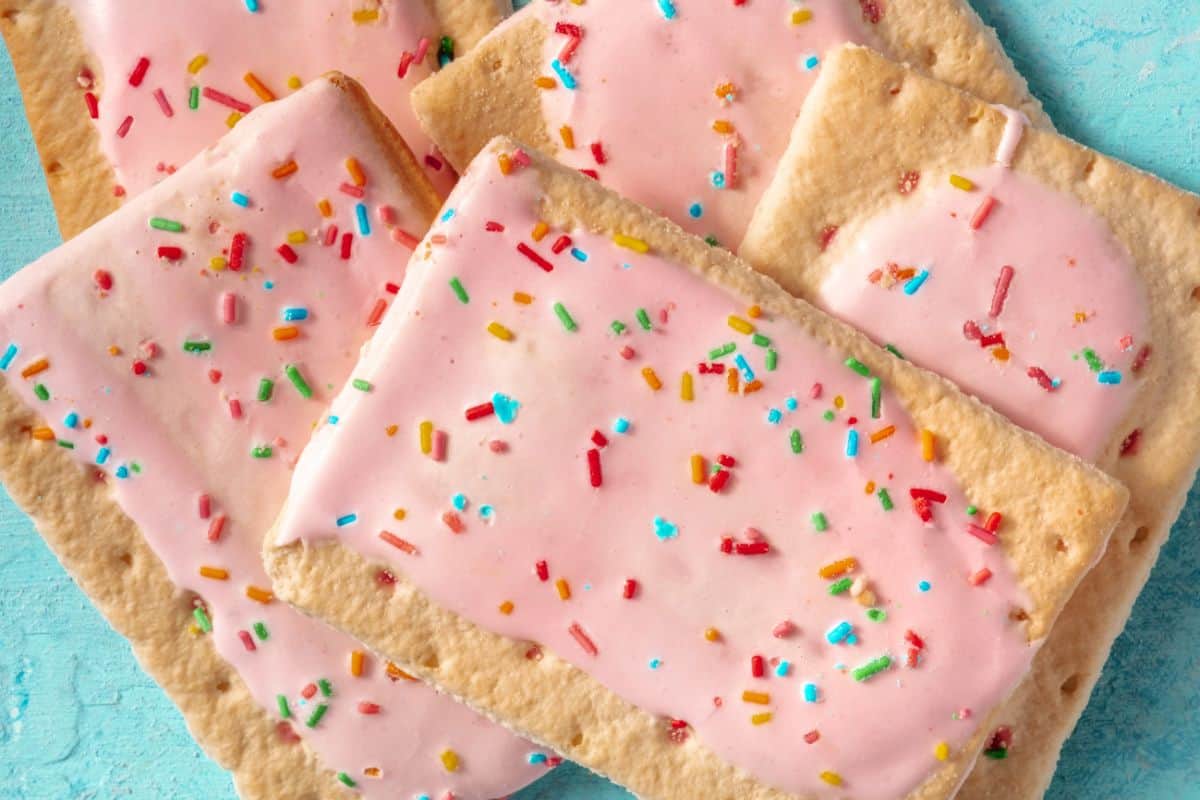Salmonella is a common bacteria that can easily find itself in your digestive tract. Before consuming any food, it’s essential to take all the necessary precautions to ensure its safety.
Bacteria are microorganisms and, therefore, cannot be observed using bare eyes. Maintaining hygiene, cleaning your vegetables and fruits, and storing your food appropriately can help eliminate salmonella.
You might wonder if freezing potentially contaminated food can kill bacteria such as salmonella. Most people assume that deep freezing your food generally kills bacteria. While this might be true for some bacteria, freezing will not eliminate salmonella in your food.
Salmonella is quite sneaky; when frozen, it will remain inactive. Immediately after you thaw your food, the salmonella present, as well as other parasites, become active. Therefore, you cannot count on freezing to get rid of salmonella in your food.

Does Freezing Kill Salmonella
The most probable cause of food poisoning is salmonella. The bacteria is found in animal intestines. Therefore, if you consume food contaminated with the feces of an infected animal, you will be exposed to salmonella.
You may experience nausea, headache, diarrhea, and stomach pains, among other symptoms. In most cases, most people do not require hospitalization or specialized treatment.
People freeze meat to give it a longer shelf-life. In so doing, they assume frozen meat is contaminated and free from bacteria and other microbes. However, freezing does not kill salmonella; it only deactivates it – the bacteria will not multiply, but it is still alive.
When the food is taken out of the freezer, salmonella will be in an active state and can cause harm to your body.
In this case, it is crucial to prepare your food appropriately to ensure that the bacteria are eliminated. The best way to do this is to cook it properly. You should cook your food to a temperature higher than 66 degrees Celsius to kill salmonella.
As seen, frozen food does not kill all the bacteria; it only allows you to eat your food at a later date. However, freezing is vital since it slows the reproduction of the bacteria.
Note: Thus, salmonella will not multiply under freezing conditions. The freezer at your house will not kill salmonella since it can only go as low as -5 degrees Celsius.
What Bacteria Can Survive Freezing
Most bacteria cannot be killed by freezing. Although studies have shown that the number of bacteria decreases after thawing, freezing does not eliminate the presence of bacteria.
Freezing only deactivates the bacteria, but once outside the freezer, it starts multiplying due to the available moisture.
Bacteria such as salmonella and E.Coli which are significant causes of food poisoning can survive freezing. Therefore, if you store contaminated food in the freezer, these bacteria will not die – they will only be deactivated.
Once the food is thawed, they become active and multiply as usual. Food poisoning may occur if you consume contaminated food without proper cooking.
Actually, million-year-old cells from bacteria have been discovered in the Arctic. It may sound unbelievable, but some types of bacteria remain in a hibernation-like state for thousands of years. Therefore, freezing your food should not be employed to kill or sterilize food.
Does Microwaving Kill Salmonella
Salmonella dies when exposed to temperatures above 65.5 degrees Celsius. To be safe, exposure to temperatures above 66 degrees Celsius will kill any salmonella in your meal.
Therefore, it is vital to cook your meals appropriately by observing the temperature. Uncooked meals may still contain salmonella, which, when ingested, can be harmful to your body.
Most households have a microwave that assists in warming or cooking meals. The food inside the microwave can reach temperatures of around 100 degrees Celsius. It is why you can boil a cup of water inside the microwave.
The heat from the microwave will effectively kill salmonella and other bacteria. At temperatures above 66 degrees Celsius, you are guaranteed a safe meal free from salmonella. Other bacteria such as E.Coli will also be eliminated during the heating process.
Microwaving provides an easy and convenient way to get rid of salmonella. You need to ensure that the correct time is set so that the food attains a temperature above 66 degrees Celsius. Also, sometimes the microwave heats solid food unevenly.
In this case, some salmonella may still be present in your meal. Thus, make sure to rotate or stir your food appropriately to ensure that all the bacteria are killed.
Here’s a video that explains the average time taken to kill salmonella:
Is It Safe To Eat Frozen Chicken
People love chicken for its availability and health benefits. In fact, chicken is among the staple foods in the US. Also, most cultures do not have a problem eating chicken compared to pork.
Regrettably, chicken can pose a high risk of foodborne diseases. If the chicken is not stored and prepared correctly, it harbors bacteria such as salmonella.
It is vital to ensure that chicken is frozen appropriately to limit the reproduction of salmonella. Also, it should be cooked at a temperature above 66 degrees Celsius to kill all the salmonella present.
In 2017, a salmonella outbreak across Canada was linked to frozen chicken products. These chicken products included fries, strips, and nuggets, among others. Most of the food poisoning was attributed to improper cooking of the products.
It is easy to get salmonella from uncooked chicken since most poultry homes are infested. Most of the salmonella is on the surface of raw chicken. However, salmonella spreads throughout when chicken pieces are molded to form chicken nuggets or strips.
If the nuggets are not adequately cooked, the salmonella may still be alive when you consume the product from the stores – even if frozen. If you cook them at home, ensure the temperature is above 66 degrees Celsius.
Final Thoughts
Salmonella is notorious and one of the parasites that cause food poisoning. Unfortunately, a lot of people still have a misconception that frozen food kills bacteria.
Freezing puts bacteria in a “hibernation” state and will be active once the food is thawed. It is therefore vital to ensure that the food is cooked or heated appropriately to ensure that salmonella does not find its way into your digestive tract.
Cooking at temperatures above 66 degrees Celsius is a good way of eliminating any salmonella in your meal and also, and microwaving correctly will ensure your food’s safety.
Any outbreak of salmonella should be reported to the local health authorities.





